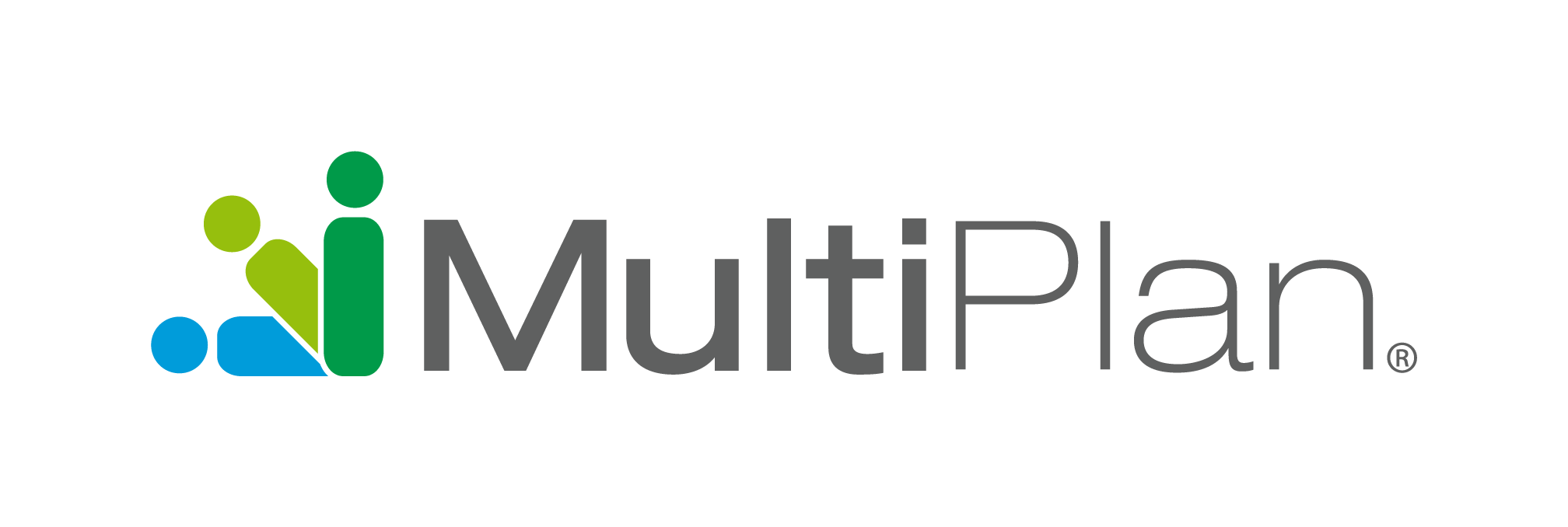When health plans think of Coordination of Benefits (COB), the hassles of managing spreadsheets, letters, and phone calls come to mind. These painstaking manual and error-prone methods for identifying other insurance, validating coverage status, and recovering incorrectly paid claims can negatively affect your internal efficiencies, your provider and member relationships, and ultimately, your bottom line.
According to new research, waste accounts for about 25% of U.S. healthcare spending or $760 billion to $935 billion per year–with administrative complexity cited as the greatest source of waste.1 In addition, as many as 15% of all health plan members may hold other insurance coverage.2 Compounding these challenges are continual changes in membership, such as an aging workforce that is eligible for both employer plans and Medicare, and outdated claims processing environments that are ill-equipped to support growing and siloed data.
The convergence of these trends calls for a modern approach to managing your Coordination of Benefits (COB) program. In today’s competitive marketplace, plans must have the right people, processes, and technology in place to effectively integrate data sources, look at member eligibility holistically, and determine the most successful indicators or combination of indicators of other health insurance (OHI) coverage.
Here are three ways you can improve your Coordination of Benefits (COB) program and cut down time, money, and paper:
#1: Increase recoveries with technology
There is great manual effort in traditional approaches to COB. Typical COB efforts involve tedious, time-consuming research and member questionnaires and calls—all of which are often ineffective and create member dissatisfaction. New technologies, such as machine learning, predictive analytics, and rules-based analytics, help identify members who have other forms of insurance and other factors that might mitigate inaccurate payments.
#2: Improve cost avoidance
One of the most important keys to success in the modern approach to COB is avoiding inaccurate payments in the first place. Proactive approaches to COB leverage sophisticated data integration, data mining, and data analytics. With technologies that quickly and accurately identify claims that are not the plan’s responsibility, a health plan can resolve claims before paying a dime.
#3: Focus on member and provider satisfaction
Traditional approaches to COB put members and providers in the middle, causing abrasion and dissatisfaction. The modern approach to COB requires that plans and their vendors look to new ways to get the information they need while communicating with providers and members on their terms. This may include using a combination of traditional communication channels, as well as member portals and automation to exchange information in more productive, cost-effective ways.
Core elements of a successful Coordination of Benefits (COB) program begin with data sources, driven by sophisticated machine learning algorithms to create leads, and matching capabilities that all stand on the foundation of human talent. Without the right team, the technology does not yield the same results.
MultiPlan’s COB program encompasses all these components and offers both cost avoidance and post-payment, delivering considerable incremental recovery opportunities with minimal disruption to operations. Our COB program uses machine learning-based data mining and modeling to:
- Identify additional instances of other insurance coverage
- Validate coverage status
- Recover any claims paid in error without any disruption to existing claims adjudication processes or existing internal COB validation and recovery efforts
1 JAMA, “Waste in the US Health Care System: Estimated Costs and potential for Savings,” October 7, 2019
2 MultiPlan’s experience.
Previously published on the former Discovery Health Partners website.

